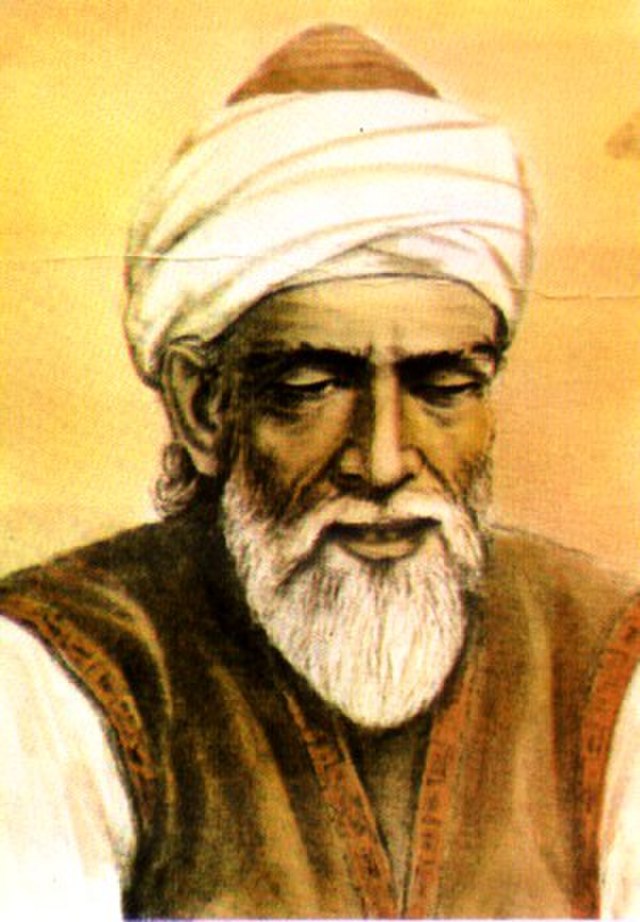1500BC
The development of trigonometry took place over several centuries and was contributed by several different mathematicians. The Egyptians and the Babylonians were the first to use ideas of trigonometric concepts at about 1500 BC ( (Massa, Romero, & Guevara, 2006). The Egyptians used ratios of similar triangles to construct their pyramids and the Babylonians used trigonometric functions to describe arc lengths and cords. The Egyptians and other civilization created shadow tables to track time by measuring the length of a sticks shadow. Trigonometric functions are used to describe this phenomenon. Even though these ideas were being utilized by societies; it wasn’t until the Ancient Greeks that trigonometry was formally defined as a branch of mathematics. They developed trigonometric theorems to explain their astronomy discoveries and their building constructions (Adamek, Penkalski, & Valentine, 2005).

